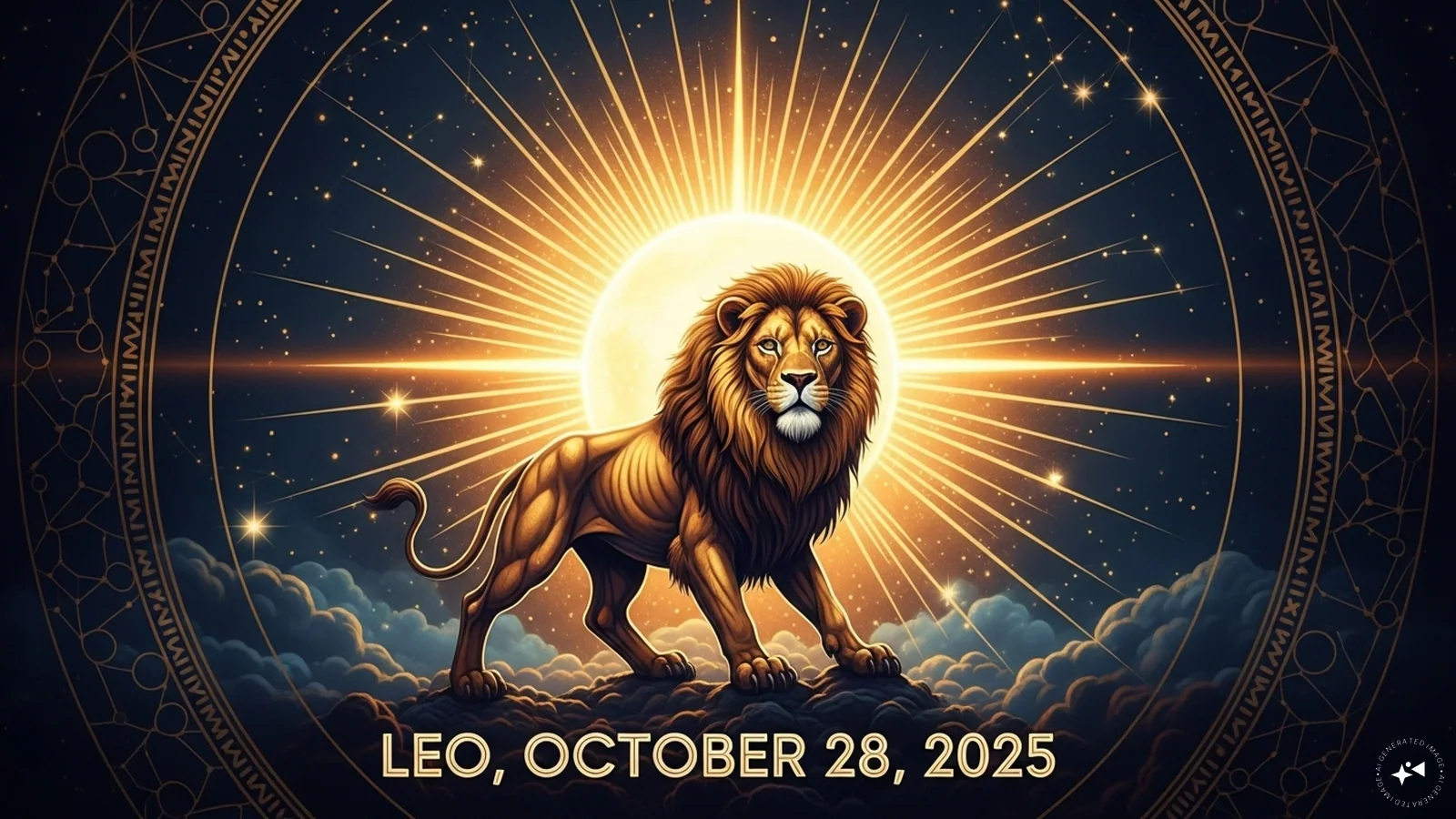Copyright forbes

An AI named Centaur is dissolving the illusion that our emotions and choices are an unpredictable mystery. We like to think of ourselves as mysteries — complex, contradictory, impossible to pin down. Ask someone what makes them unique and watch them stumble. Maybe they'll mention their taste in music, their sense of humor, that they're "not like other people." But pressed for specifics, most of us come up empty. We can't quite articulate what makes us us, yet we're certain it's something. We wear this ineffable uniqueness like an invisible crown, proof that we're more than mere biological machines following programmed routines. Then along comes an AI-system named Centaur, and it quietly demolishes that comfortable fiction. Fed the decisions of 60,000 people making over 10 million choices across 160 psychology experiments – gambling tasks, memory games, problem-solving puzzles – this artificial intelligence learned something puzzling: humans are startlingly predictable. Not just in aggregate, where individual quirks wash out into statistical averages, but at the level of personal choice. Centaur could forecast what you'd pick in scenarios it had never seen before, often outperforming the classical psychological theories that researchers have refined over decades. Think about that for a moment. Your next decision might be more foreseeable than tomorrow's weather – and weather forecasting is pretty good these days. More than a scientific milestone this revelation is a fairytale mirror reflecting back something unsettling about the human condition: we are far more formulaic than we'd like to believe. Does Our Inner Life Follow A Script? Considering that each of us is a composition of multiple dimensions, let’s look at each of them in turn through the Centaur’s lens: MORE FOR YOU Beginning with aspiration, that soaring sense that you're reaching for something uniquely yours. You dream of writing a novel, launching a startup, mastering the cello, backpacking through Afghanistan. These ambitions feel deeply personal, stamped with your individual fingerprint. Centaur’s success suggests otherwise. The way you set goals, weigh risks, decide whether to persist or pivot – these processes follow patterns so consistent that a machine can learn them. Your aspirations may be genuine, but they’re operating within invisible tramways. The person who always picks the ambitious over the safe, or who consistently underestimates how long things will take, is running predictable code. This isn't to say our dreams are meaningless. A chess game follows strict rules, yet grandmasters still create beautiful games. But there's a humbling recognition here: our grand life plans may have more in common with everyone else's decision-making patterns than we'd care to admit. Emotion should be where we’re most irreducibly ourselves. Love, grief, rage, joy – these feel like lightning strikes of the soul, random and untamable. Yet emotions, too, emerge from systems that can be mapped. When Centaur predicts you'll make a loss-averse choice – valuing what you might lose more than what you might gain – it's reading your emotional operating system. The fear that clenches your stomach when contemplating a career change? The anger that flares when someone cuts you off in traffic? These aren't random events. They're outputs of neural machinery running on fairly standard firmware. Thought is where we most pride ourselves on rational agency. We analyze, deliberate, weigh pros and cons. We believe we're captains of our cognitive ships. But decades of behavioral economics and cognitive psychology have revealed that human thinking is riddled with systematic quirks. We anchor to irrelevant numbers, fall prey to confirmation bias, mistake vivid examples for statistical truth and ever and again fall prey to wishful thinking. Centaur's predictive power suggests these aren't occasional glitches – they're features of how human cognition fundamentally works. And sensation? Even our immediate, visceral responses to the world follow patterns. The comfort-seeker who orders the same coffee every morning, the novelty-chaser who can't resist trying the new restaurant, the highly sensitive person who's overwhelmed by loud spaces – these aren't random traits. They're behavioral signatures that an observant AI could learn to predict. The Social Implications Of Being Seen Through If individuals are this legible, what happens to the social structures built on assumptions about human unpredictability? Relationships suddenly look different through this lens. We idealize romantic partnerships as unique connections, two souls meeting across the crowded room. But attachment theory has long shown that people fall into predictable patterns – anxious, avoidant, secure. An AI trained on relationship decisions could potentially forecast whether you'll text your ex, forgive a betrayal, or stay in an unfulfilling partnership. The jealousy, the neediness, the withdrawing – it's all falling into a pattern, repeating one generation after the other. This doesn't make love less real. But it does make it less mysterious. Institutions – corporations, schools, governments – already try to predict and shape human behavior. Now imagine they have access to AI that can forecast individual choices with refined accuracy. Marketing becomes less about persuasion and more about inevitability. Educational systems could be optimized not for what students should learn, but for what they're predicted to choose. Employment decisions might be made based on behavioral forecasts rather than résumés. At the level of countries, the implications get darker. If voting behavior, consumer confidence, and political attitudes follow predictable patterns, then whoever controls the best behavioral AI gains enormous power. Micro-targeting on steroids. Democratic choice becomes less a reflection of authentic will and more an output to be engineered. And in international affairs, game theory has always assumed some baseline of rationality and unpredictability in negotiations. What happens when one side can predict the other's moves with machine precision? The balance of power shifts toward those with the best data and the most sophisticated models. Paradox Of Predictable Freedom So what does it say about humanity that our decisions can be forecast more reliably than meteorological phenomena? Perhaps that we've been asking the wrong question about free will. The debate has always been framed as: are we free agents or determined beings? Centaur suggests a third option: we're complex systems whose outputs are highly regular even if the internal experience feels spontaneous. This is the strange paradox at the core of the consciousness conundrum. From the inside, your choices feel weighty, difficult, genuinely open. You agonize over decisions, you change your mind, you surprise yourself. The phenomenology of choice is real. But from the outside, your decisions trace patterns so consistent that a machine trained on enough examples can predict them. It's like being a character in a novel who experiences genuine uncertainty about what happens next, even though the plot was determined the moment the author put pen to paper. This reality check could be depressing. If we're just sophisticated meat machines running predictable algorithms, where's human dignity? Where's the meaning? But maybe there’s liberation here too. Predictability isn’t the opposite of depth. Bach's music follows mathematical rules, yet it still makes us weep. Sunsets are predictable astronomical events that remain awe-inspiring. The fact that love operates according to neurochemical patterns doesn't make it less precious. What changes is our relationship to ourselves. We're called to develop a kind of double vision: honoring the felt reality of our inner experience while acknowledging the mechanical nature of the substrate that generates it. The A-Frame: Preserving Humanity In An Age of Prediction So how do we maintain our humanity when algorithms can read us like open books? The A-Frame offers a path forward. Awareness: Start by noticing your patterns. When do you go on autopilot? What triggers send you down familiar mental paths? You can't transcend patterns you don't recognize. Keep a decision journal. Notice when you're rationalizing rather than reasoning. Awareness doesn't eliminate the algorithm, but it gives you a vantage point outside of it. Appreciation: Cherish the counterintuitive part – value your predictability. Those reliable patterns are what make you trustworthy. Your friends know they can count on you precisely because you're not random. Your emotional consistencies are what allow empathy and connection. The fact that humans share common cognitive architecture is what makes communication possible. We're predictable to each other, and that's a feature, not a bug. Acceptance: Embrace the paradox. You are simultaneously a unique, irreplaceable center of consciousness – and a predictable biological system. Both are true. The story of your life matters even if its plot points hit familiar beats. Your subjective experience is precious even if your behaviors follow statistical norms. Stop trying to resolve the contradiction and learn to hold both truths. Accountability: This is where it gets practical. If you know you're susceptible to present bias – overvaluing immediate rewards – design your environment accordingly. Automate your savings. Remove temptation from your path. If you know you'll procrastinate on difficult decisions, create forcing functions. Use your predictability as leverage. The age of behavioral AI doesn't diminish human specialness – it relocates it. We're special not because we're impossible to predict, but because we can learn the predictions about ourselves and then, sometimes, deliberately choose otherwise. We can use knowledge of our own algorithms to reprogram ourselves. That capacity for self-reflection and self-modification – that's the irreducibly human thing. Not randomness, but the ability to see the pattern and occasionally, courageously, break it. Centaur can predict what you'll choose. But only you can decide who you want to become. Editorial StandardsReprints & Permissions



